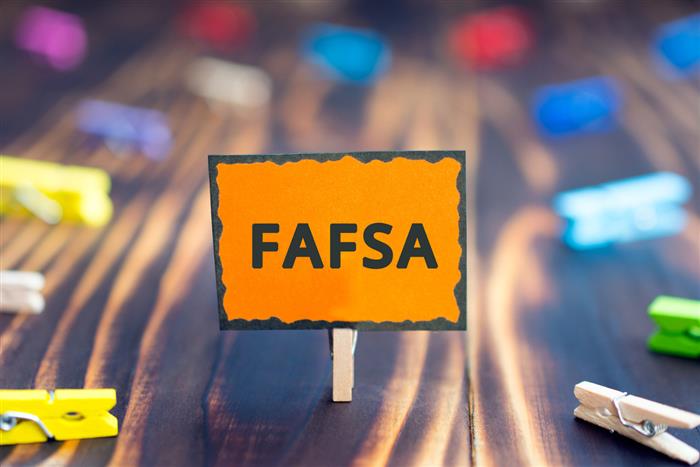As part of Financial Awareness Month this February, Scholarships.com is bringing you a list of the most common FAFSA mistakes made in hopes that you will avoid them as your file your FAFSA. If you intend on attending college between July 1, 2020 and June 30, 2021, we encourage you to fill out your FAFSA – ASAP. Here are some common FAFSA mistakes to avoid:
- Not filling out and submitting the FAFSA for one reason or another. If you think your parents make too much money for you to qualify for federal aid, think again - there is no income “cut-off”! The FAFSA is used to determine how much money you can receive in state funds, scholarships and grants, federal student loans, and federal work-study funds. Not filling out the FAFSA means you risk losing out on thousands of dollars of financial aid to help you pay for college.
- Waiting too long to fill out the FAFSA, even when it readily available beginning October 1 of every year. Some college financial aid is awarded on a first-come, first-served basis and some states and colleges run out of financial aid funds early. Don't wait until the last minute to fill out your FAFSA - apply ASAP!
- Not reporting required information such as your parent's information or additional financial information. Even if you are a dependent student, you may still be required to report your parent's information for federal student aid purposes. By using the IRS Data Retrieval Tool (DRT), the majority of your financial information will be automatically populated onto your FAFSA form. If some information is not transferred over, it must be manually entered. You can find such information on your W-2 form.
- Entering your information incorrectly . Double and triple check the information you enter while filing your FAFSA, include key information such as your FSA ID and income tax amount, as well as ensuring you do not confuse your personal information with your parents's information. Don't guess - know your exact household size, the number of family members in college, the net worth of investments, all taxable college grants and scholarships, legal guardianship, and so forth.
- Listing only one college or university limits your ability to access financial aid at other schools. You are better off listing all of the colleges in which you are interested and later removing them. Remember, you can add up to 10 schools at a time. Besides, colleges are not able to see the other schools in which you are interested.
- Filing the FAFSA after the deadline has passed. Each state and college/university sets its own deadline, with some of them being early. To ensure you receive the maximum financial aid for which you qualify, fill out your FAFSA before the earliest deadline.
- Forgetting to sign the FAFSA form seems like a mistake that can be easily avoided - and it can be! An FSA ID is required to sign your FAFSA prior to submission. If you do not know your FSA ID, select "Forgot username" and/or "Forgot password." If you do not have an FSA ID, create one. You can also mail a signature page. Should you wish to receive confirmation that your FAFSA form has been submitted, you can check your status immediately after you sign and submit your FAFSA form online.
The ample online resources on how to file your FAFSA, FAFSA FAQs, and FAFSA tips will assist you as you go through the process of applying for federal financial aid for college. Additionally, the U.S. Department of Education's StudentAid.gov website is constantly modifying and releasing new online tools to help streamline the financial aid application process for its users. Filling out your FAFSA, in addition to searching and applying for scholarships, will land you the best college financial aid package possible.


